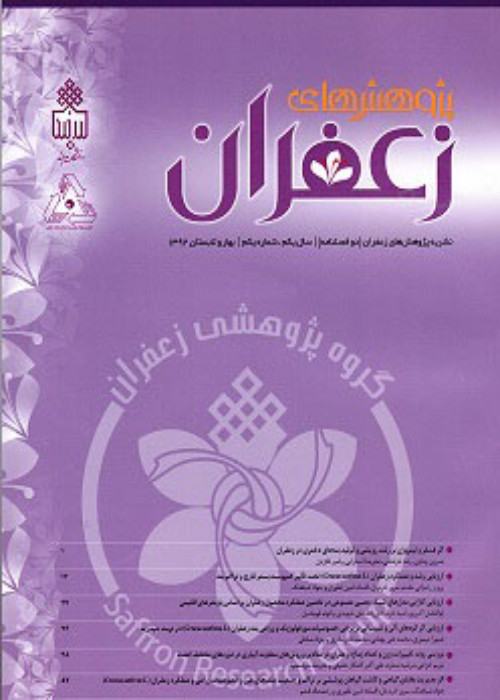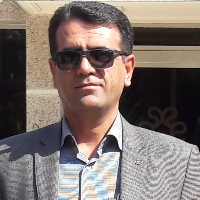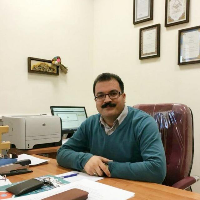Explaining the Effects of Saffron Cultivation in Mukhtar Region of Boyerahmad County
Saffron is a permanent plant and one of the products of the eastern part of Iran, its onion can grow between 5 and 7 years, and this causes a change in the characteristics of the soil, which is very suitable for the environment. On the other hand, due to its high economic efficiency, in recent years, many activities have been carried out by relevant organizations such as Agriculture Jihad Organization (AJO) to promote its cultivation in cultivable areas. However, despite this planning and promotional activities, its cultivation has not yet been welcomed in some areas. Based on this, the purpose of this study was to explain the effects of saffron cultivation in the Mukhtar region of Boyerahmad County located in southwestern of Iran.
The purpose of this research was to explain the effects of saffron cultivation in the Mukhtar region of Boyerahmad County, for this purpose, a causal- comparative research method was used. With consultation from relevant experts, including the Provincial Agricultural Jihad Organization, the Agricultural Jihad Service Center of Southern Sarroud area, two villages named Mukhtar and Firouzabad, chosen as the villages accepted and non-accepted saffron cultivation respectively. After that, according to Kerjcie and Morgan's sampling table, 235 households were selected as a research sample, and then simple random sampling with proportional assignment were used to determine the study participants. To collect the data, a researcher- constructed questionnaire was used, and to determine the validity of the different parts of the questionnaire, the face validity method with the opinion of the relevant experts and previous research, as well as successive corrections and revisions were used. Finally, to determine the reliability of the Likert scale, Cronbach's alpha was used. Cronbach's alpha coefficient scores indicated the optimality of the questionnaire. Descriptive and inferential statistical techniques such as mean, standard deviation, paired t-test, independent t-test and covariance analysis were used to analyze quantitative data and test hypotheses. Data processing was done using SPSS software version 21 in the Windows environment.
Overall, the findings of the research showed positive economic, social and environmental effects of saffron cultivation in Mukhtar village (accepting saffron cultivation) compared to Firouzabad village (not accepting saffron cultivation). In order to be almost sure that these improvements in Mukhtar village were due to the cultivation of saffron cropping, covariance analysis was used. According to the obtained results, it can be stated that the increase and improvement in development status of the study area (including economic, social and environmental aspects) in the village accepting saffron cultivation compared to the village not accepting saffron cultivation, was the result of cultivation of the mentioned product. Other findings of the research showed that the economic effects have improved by 36% through factors such as increasing the amount of savings, more suitable sales of the product than the past, reducing the cost of planting the product, etc. Also, the social effects have improved by 41% in terms of factors such as satisfaction and welcome of buyers, creation of cooperatives, active participation in training classes, etc. In addition to these, environmental effects, through factors such as less use of fertilizers and chemical poisons, less use of underground water, etc., as a result of saffron cultivation, there has been a 23% improvement and development in the region.
In general, and according to the results of the research, the cultivation of saffron in the studied area has improved the development of the total effects about 30%. Also, the results showed that the greatest effect of saffron cultivation was in the social scope and the least effect was in the environmental scope.
- حق عضویت دریافتی صرف حمایت از نشریات عضو و نگهداری، تکمیل و توسعه مگیران میشود.
- پرداخت حق اشتراک و دانلود مقالات اجازه بازنشر آن در سایر رسانههای چاپی و دیجیتال را به کاربر نمیدهد.




